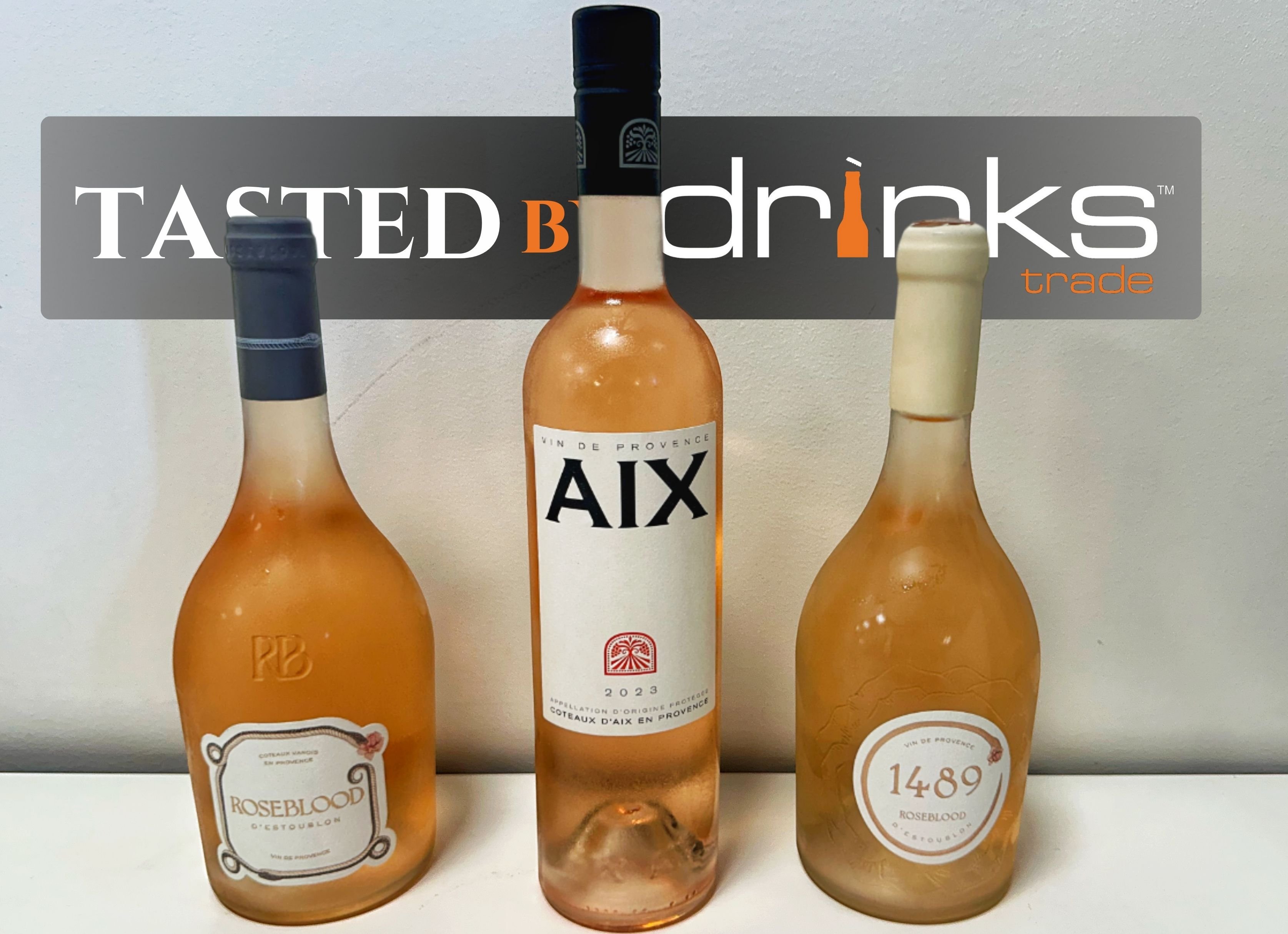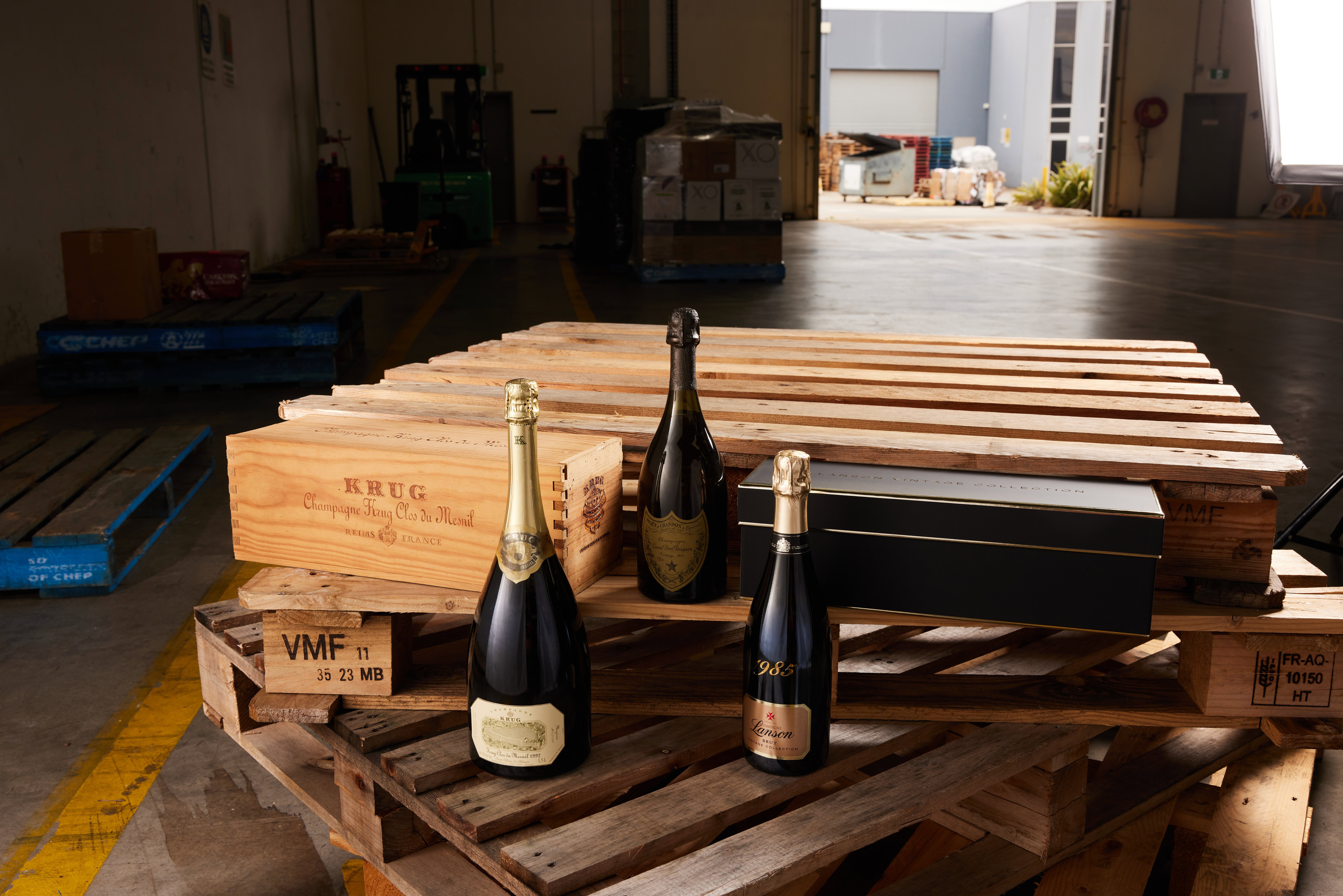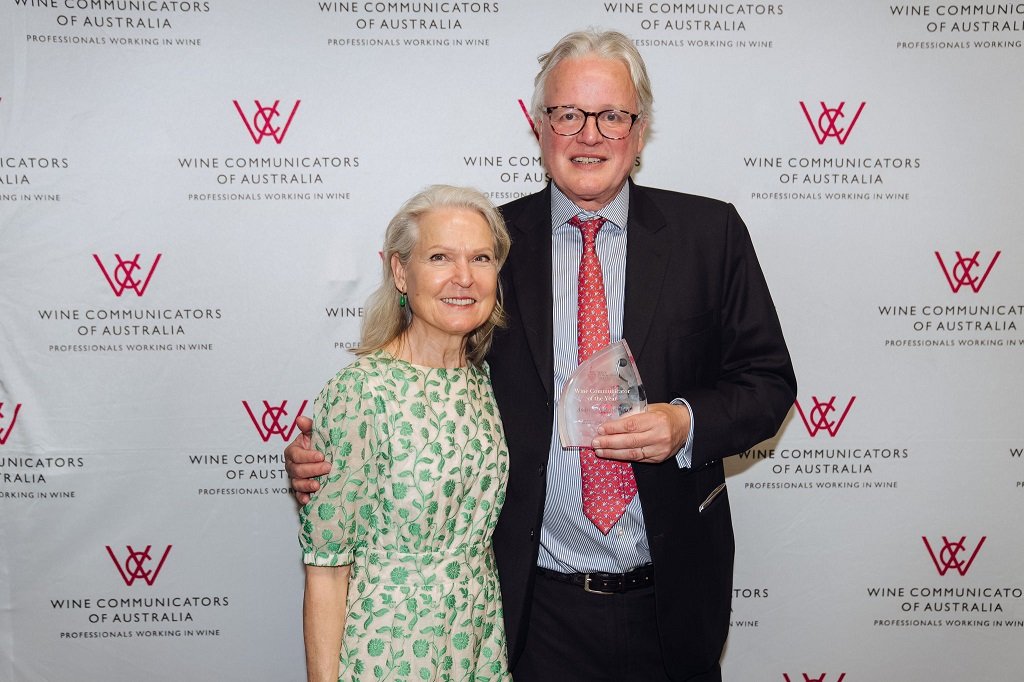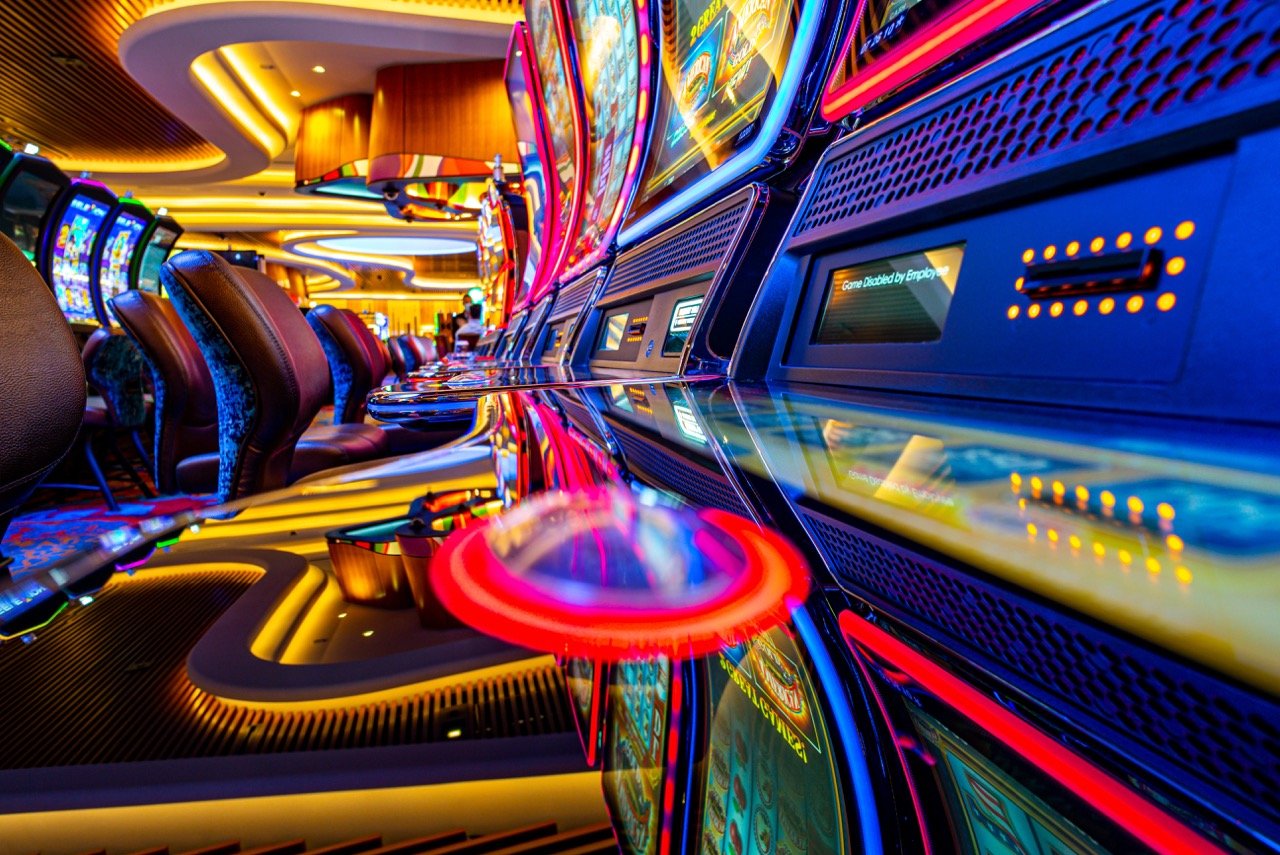Champagne sales dipped 1.8% in Australia in 2018, but there’s still one place where consumption is sky high: Qantas.
Qantas creative director of food, beverage and service Neil Perry has told the Australian Financial Review that just under one million glasses of bubbly are poured in its first and business cabins every year, mainly Taittinger Comtes de Champagne Blanc de Blanc 2006.
All up, Qantas customers drink five million bottles of wine and champagne every year. The bulk of the bubbly - about two glasses per passenger - is consumed pre-flight in the lounges.
Once on board, shiraz and sauvignon blanc are the more popular alcoholic choices, along with pinot noir.
Qantas passengers and Aussies generally drank 8.4 million bottles of champagne in 2018 according to the Comité Champagne, while IRI data reveals Mumm is still the top selling brand in Australian retail liquor.
"Moet & Chandon and Veuve Clicquot comprise the other two major brands among the ‘Big 3’ which collectively account for 68% of white champagne varietal sales," said IRI Insights Director Daniel Bone "Annual declines recorded by all three top selling brands – and Champagne’s top three selling SKUs which are aligned to each of the ‘Big 3’ – has contributed to the overall declines currently recorded in retail liquor champagne sales."
John Noble at the Champagne Bureau, which represents the Comité in Australia, told The Australian a softer economy was hurting sales.
“In line with our economy, it is down 1.8% in total bottles, and the value is a bit down as well — it’s a difference of 150,000 bottles’’ he said.
According to the Comité's latest report, some of the reasons for the decline were unfavourable exchange rates, falling housing prices and the slowdown in the Chinese economy, which has had a negative impact on the Australian market.
Australia was once one of the fastest-growing regions for champagne sales, with 134% volume growth in the past 10 years.
Despite the drop, we're still the sixth-biggest consumer of bubbly in the world. We drink more than the Italians, twice as much as the Spanish, and four times more than the Russians.
But it's been a tough year for the middle-end of the Champagne market according to Adam Fry, director of merchandising for Endeavour Drinks.
“What tends to be happening is the bigger brands in around that $50 market are struggling a touch, and either side of that, the premium products are growing significantly, and also the Australian sparkling business and prosecco is growing as well,’’ Fry told The Australian.
“Our belief is people, when they have occasions, want to spend up, and they do, they are looking for something better, they want to drink better.
“But on other occasions they are a little bit more discerning and they might drop back to the great quality Australian sparkling being produced out of Tasmania. That middle market of champagne is under pressure.’’

IRI data points to Prosecco as the growing sparkling wine alternative.
"The 34% YOY dollar growth currently recorded by Prosecco – which amounts to an additional $26 million in growth – is a telling contrast to the -3% decline in annual champagne sales," said Bone. "Prosecco’s appeal as a good value and versatile sparkling alternative for all occasions has been further unscored by a -2% YOY decline in price/litre. This contrasts the 4% price/litre increase observable in champagne."
IRI is sponsoring the Most Distinctive Brand category at the 2019 Australian Drinks Awards.
One of three consumer judged awards at the Australian Drinks Awards, alongside Fan Favourite and Most Improved Brand of the Year, it will celebrate individuality and character as it is perceived by the consumer across wine, cider, beer, RTDs and spirits.
The winners will be judged via a survey of 4000 target consumers conducted by Thrive Insights.
The Australian Drinks Awards will be held in Sydney, on August 22, 2019.
Share the content










